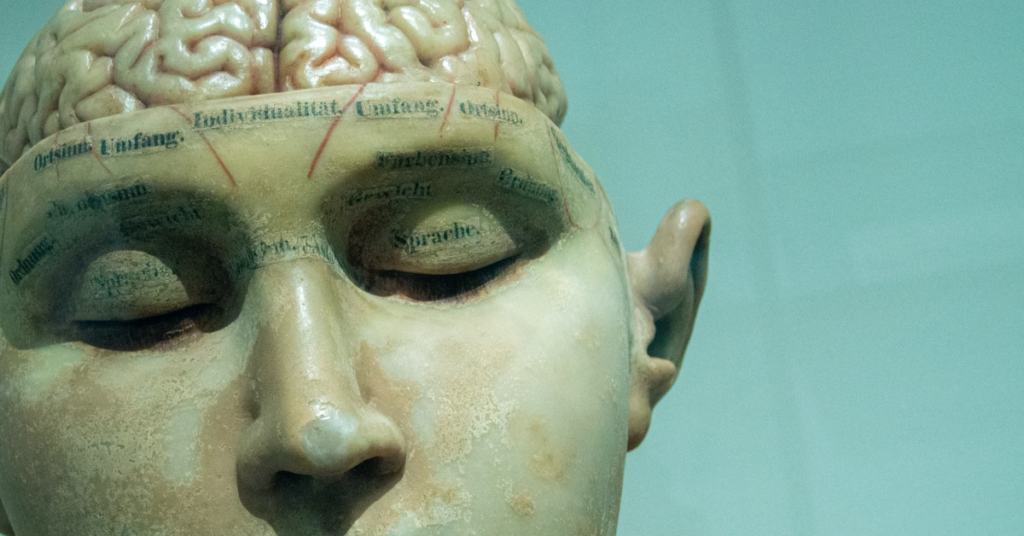Canberra, Australia (AP) — In an Australian hospital, a neurosurgeon examining a woman’s perplexing symptoms revealed that she removed a squirming worm from the patient’s brain.
The patient was admitted to a local hospital in Southeast New South Wales. She had digestive symptoms such as abdominal pain and diarrhea. She also experienced a dry cough and night sweats. The patient was immunosuppressed for a hypereosinophilic syndrome diagnosed a year ago.
The infected woman was admitted to a hospital in Canberra after the symptoms of forgetfulness and worsening depression over three to four months. After the tests and CT scans, her reports revealed changes in her brain.
Canberra infectious diseases physician Sanjaya Senanayake said the brain biopsy was expected to reveal a cancer or an abscess. They thought this mystery illness was an immunological condition.
“I got a call saying: ‘We’ve got a patient with an infection problem. We’ve just removed a live worm from this patient’s brain,’” Senanayake said.
The Neurosurgeon Hari Priya Bandi performed a biopsy on a 64-year-old patient’s skull last year. Suddenly, a huge lump appeared in the frontal part of her brain. She pulled out the worm out of her brain using forceps. The parasite was measured 8 centimeters or 3 inches.
“I just thought: ‘What is that? It doesn’t make any sense. But it’s alive and moving,’” Bandi’s statement was reported in The Canberra Times newspaper.
This parasite was a third-stage larva of an Australian native roundworm called Ophidascaris robertsi. This was shocking because these worms are found in carpet pythons and have never been reported inside a human brain.
The woman regained consciousness after the wriggling worm was pulled out without any adverse outcome. She was so relieved to have an answer to her mysterious condition.
Hari Bandi and Sanjay Senanayake are authors of the “Human Neural Larva Migrans Caused by Ophidascaris robertsi Ascarid.” It was published in the journal Emerging Infectious Diseases, where they shared details about this case.
The journal article said six months after the worm was extracted, the patient’s neuropsychiatric symptoms had improved but persisted.
Snake droppings carry worm eggs that infect grass and are eaten by small mammals. Snake-eating mammals continue the cycle. The woman lived near the python habitat and possibly ingested eggs from vegetation or contaminated hands.
After the surgery, the patient had been sent home with prescribed antiparasitic drugs and had not returned to the hospital.
“She’s done OK, but obviously because this is a new infection, we’re keeping a close eye on her,” Senanayake told Ten Network television.
US seeks increased passenger, rear seat belt reminder systems


